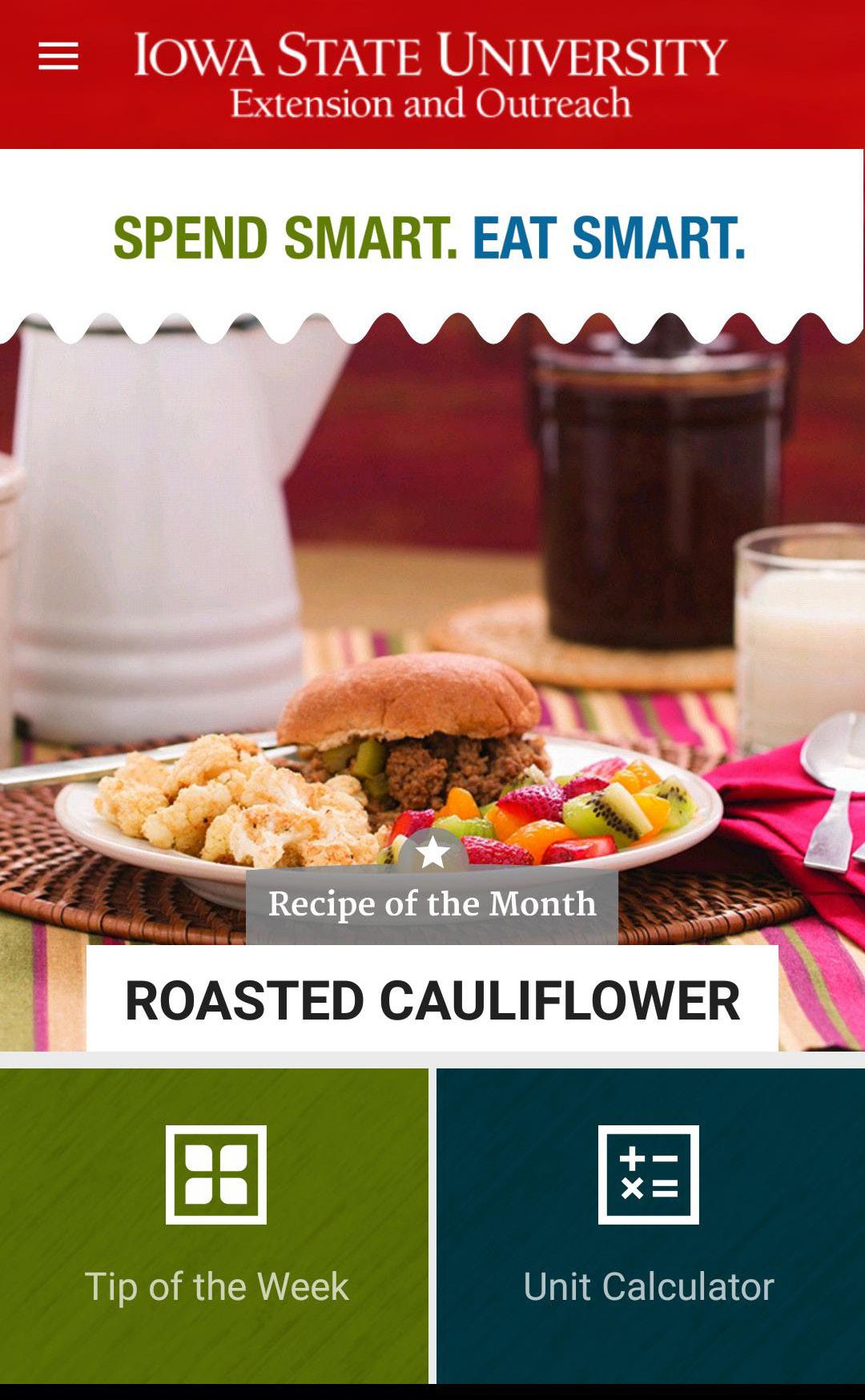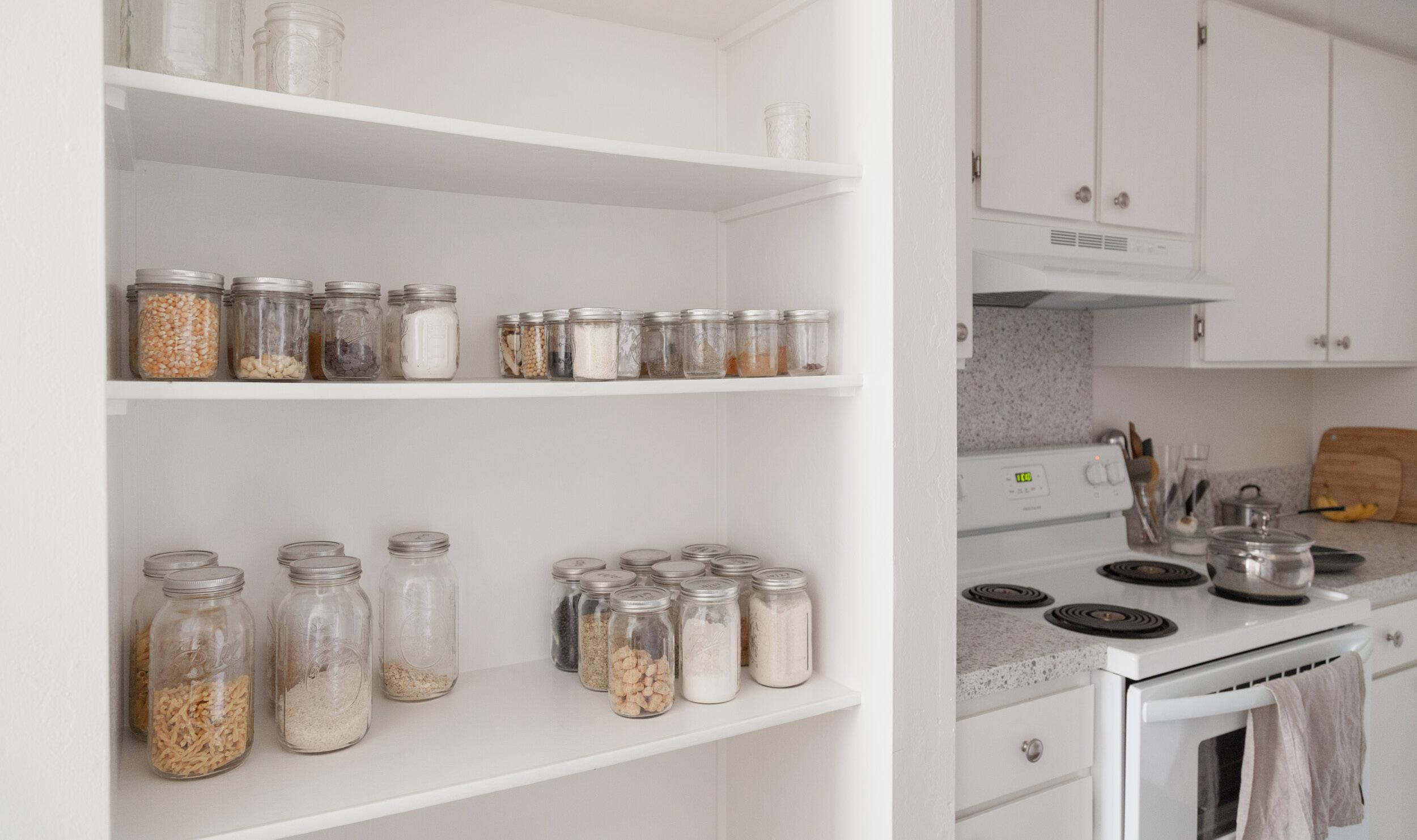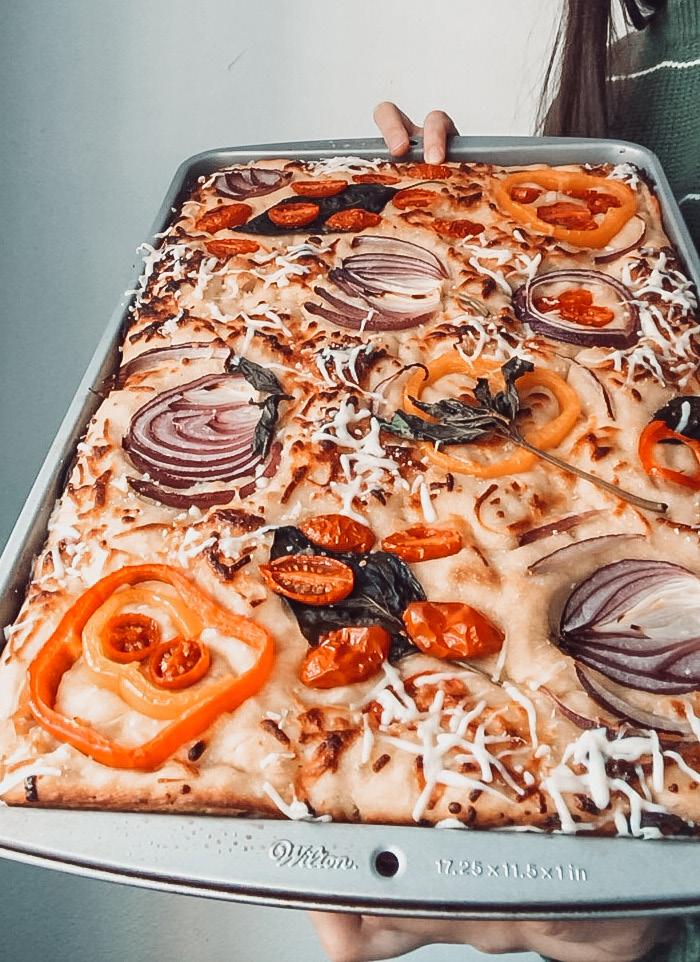
2 minute read
Peeled, Poked, and Pressed: upcycling kitchen scraps
Story by: Meg Grice
It’s no secret that we tend to buy more than we need, whether it comes to the current fashion trends or ingredients in the pantry. Being prepared provides us with a sense of security, no matter the context. Because planning for uncertainty and life’s realities don’t always mix, waste has become a common output in the home. Kitchen scraps do not have to be another piece in the product life cycle, headed straight to the waste bin. With careful planning and recipe inquisitiveness, anyone is capable of reducing excess in the kitchen.
Advertisement
Minus what goes on in personal cooking spaces, Feeding America says that around 54 billion pounds of food waste come from home activities each year — nearly the same amount as consumer-driven businesses and manufacturers combined. According to a 2017 study by the Iowa Department of Natural Resources, food is the main contributor to landfill volume. With so many consumables going to waste, it’s essential to find ways to mitigate unnecessary excess and alter the way we think about leftovers.
Iowa State University Extension and Outreach manages Spend Smart Eat Smart, a website hosting recipes, worksheets, videos, budgets and other tools to ensure responsible decision-making at home.

To reduce food waste, Spend Smart Eat Smart targets meal prep and planning as initial steps. When purchasing fresh ingredients or snacks, think ahead and plan to use these items first to prevent spoilage. Additionally, foods should be stored at safe temperatures in sealed containers to stop leaking or cross-contamination. When an error does happen in the kitchen, the program promotes the following tips:
Add over-ripe fruits to yogurt, smoothies and baked goods Freeze leftover or chopped vegetables for stews, soups or canning Crush stale bread to make croutons or stuffing Mix meats and beans into pasta, soups or rice for an extra touch of flavor
But occasionally, perfection is easier said than done. For recipes or meals with more leftover food than hungry mouths, plan for leftovers to savor tasty creations without the trash bin in the equation. Think something can’t be frozen? Think again. The National Center for Home Food Preservation has resources to help sort through which leftover portions are worth packing away in the freezer and for how long. Be sure to label containers in the freezer to maximize their usage within their optimal usage windows.
[Staff tip: For smaller bits and pieces that can’t be salvaged, compost them rather than throwing them away. There are multiple routes for composting containers, ranging in price from around $20 to upwards of $175. Smaller kitchens may not necessarily need larger bins, so find a container that matches food waste amounts.]
Christine Liu, a minimalist YouTuber and blogger, writes on her website, www.simplybychristine.com, that her worm bin allows for easy rotation of compost and fertilizer collection. This “liquid gold” works wonderfully for household plant fertilizer, she says. She also provides recipe ideas to use up leftover food, such as a veggie scrap broth and pickling advice. For other kitchen resources, check out her YouTube page at simplybychristine.












